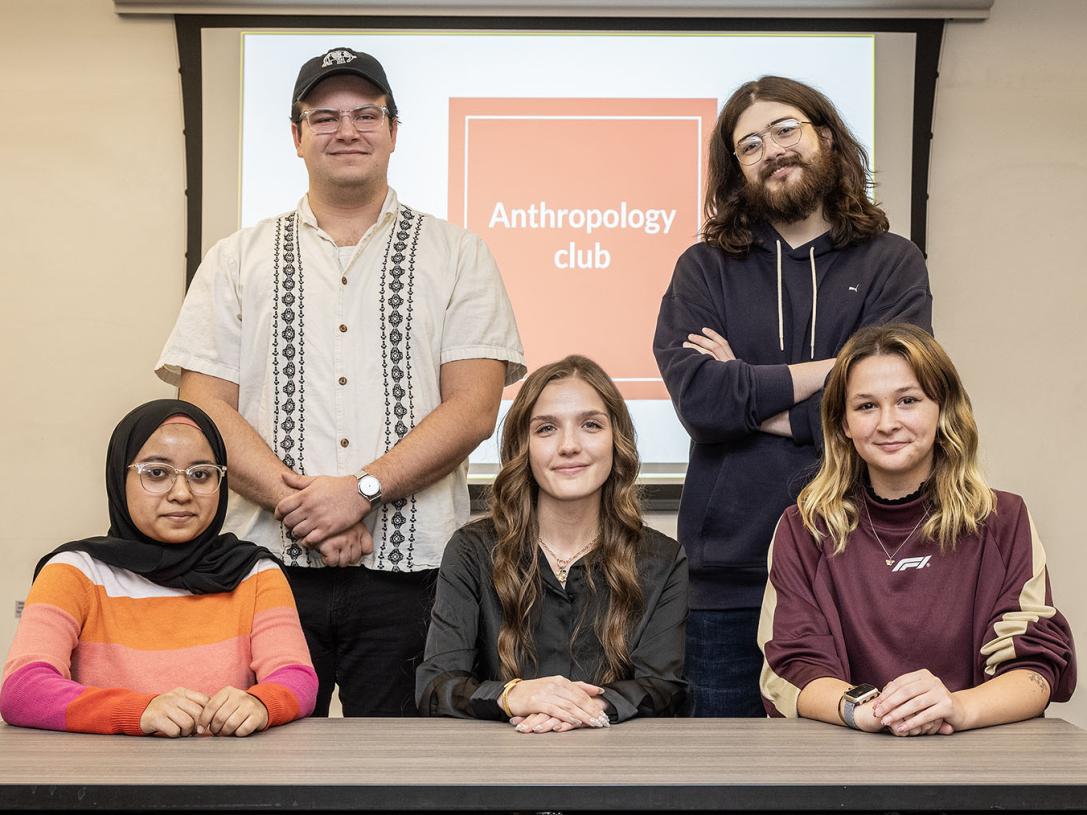
News Release
Purdue Fort Wayne hosts 2019 Indiana Future City regional competition
FORT WAYNE, Indiana—Purdue University Fort Wayne will host the 2019 Indiana Future City Regional Competition on Saturday, January 26, from 9 a.m. to 3:30 p.m. in Walb Student Union.
This annual event invites middle school students from across Indiana to imagine, design, and build cities of the future. With the theme of Powering Our Future, teams were challenged to design a resilient power grid for their future city that can withstand and quickly recover from the impact of a natural disaster. Teams have been working for months to complete multiple competition components, including creating a tabletop scale model of their city using recycled materials. Twelve teams will present and defend their cities to judges at the regional competition at Purdue Fort Wayne on Saturday.
“We are thrilled to offer a program that encourages middle school students to develop their interest in science, technology, engineering, and math,” says Carol Dostal, Director of Outreach Programs for the College of Engineering, Technology, and Computer Science. “These young people are learning very early how engineering and technology careers are accessible and can make a difference in the world.”
The team that comes in first wins a trip to compete in the Future City National Finals in Washington, D.C., in February, paid for by National Future City and supplemented by a local sponsorship from Indiana Michigan Power.
The best time for members of the media to cover the event is from 9:30 to 11:30 a.m. in the Classic Ballroom, when the model viewing is open to the public and team members are available for interviews. The day will conclude with the awards ceremony at 2:45 p.m.
For more information, contact Carol Dostal at 260-481-6905 or [email protected].
About Future City
Future City uses the engineering design process as a framework to guide students through the creation of their cities. Within this framework, students apply specific project-management methods to keep their projects on track. This structure gives students a real-world learning experience they can apply to future challenges in school, work, and life. Students spend approximately four months creating cities that exist at least 100 years in the future and represent the team’s solution to a citywide issue.
###




